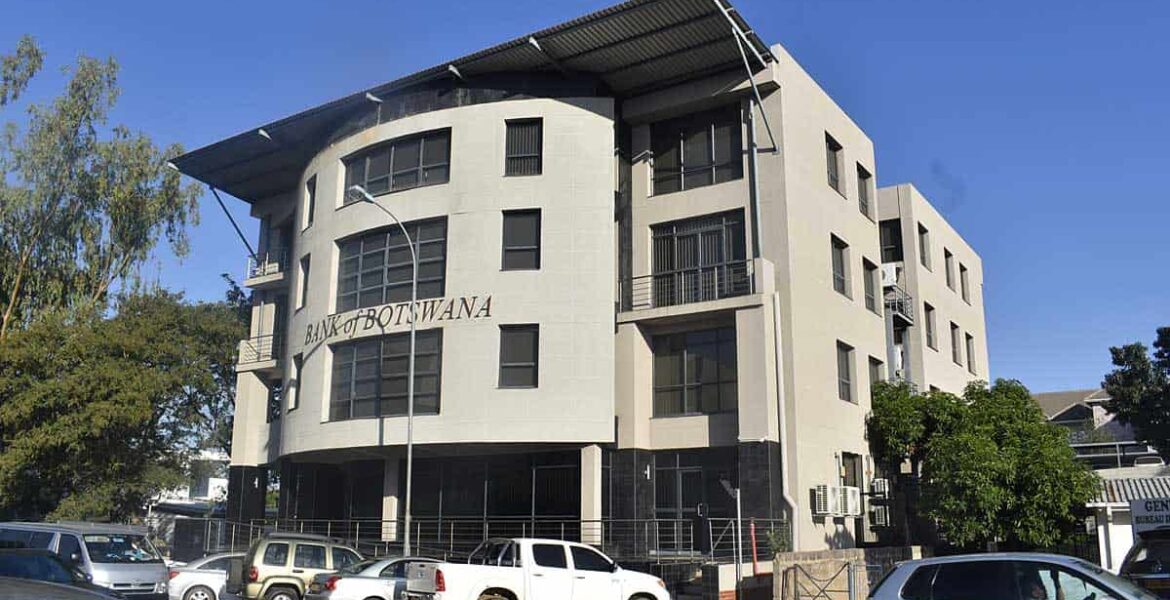- BoB ascribes decline to decrease in loan uptake by households
- Says its policy tightening also having a dampening effect on demand
- Credit to businesses excluding parastatals up 11.2%
- Credit to parastatals down 22.1%
GAZETTE REPORTER
Commercial bank credit decreased from a growth of 7.4 percent in September 2021 to 6.4 percent in the 12-month period to September 2022, the Bank of Botswana (BoB) has said.
According to a BoB’s Monetary Policy Report (MPR) of December 2022, the slow growth in commercial bank credit was in part indicative of a decrease in loan uptake by households and a possible reflection of the effects of the recent policy tightening by the central bank having a dampening effect on demand.
“On the other hand, business credit increased, indicative of the economic recovery from the low base effects associated with the impact of the COVID-19 pandemic in 2020/21,” reads the report.
Personal unsecured loans
It shows that year-on-year growth in household loans decreased from 8.5 percent in September 2021 to 5.4 percent in September 2022.
“The lower growth in household credit was mainly attributable to the decrease in growth of personal unsecured lending and the contraction in motor vehicle loans in the year to September 2022,” says the report.
“Meanwhile, property and credit card loans increased during the period under review. The share of the household sector in total lending by commercial banks decreased from 65.4 percent in September 2021 to 64.8 percent in September 2022.”
The MPR indicates that lending to the business sector increased by 8.4 percent in the year to September 2022, higher than the 5.5 percent expansion in the corresponding period in 2021.
“Credit to businesses excluding parastatals also increased by 11.2 percent in the year to September 2022, compared to 3.9 percent increase in September 2021,” the report says.
Parastatal overdrafts
“The annual increase in credit to businesses excluding parastatals was mainly due to utilisation of loan and overdraft facilities by some companies in the real estate, manufacturing, agriculture, finance, business services and trade as economic activity opened following the end of the State of Public Emergency in September 2021.”
The MPR shows that credit to parastatals decreased by 22.1 percent in the year to September 2022, compared to the 28.4 percent expansion in the 12 months to September 2021 due to payment of overdraft facilities that were extended in August 2022.
The report indicates that money supply (M2) grew by 10.5 percent in September 2022, compared to 3.6 percent in the corresponding period in 2021.
“The accelerated growth in money supply was mainly due to the increase in annual growth of credit to the private businesses and parastatals sector,” it reads.
Govt deposits
“There was an annual increase in net foreign assets (on account of the increase in foreign exchange reserves particularly in July 2022) and government deposits at the Bank of Botswana.”
The MPR is the main medium through which BoB informs the public about the conduct of monetary policy on a regular or timely basis.
It serves to meet the public’s expectation of a transparent and accountable central bank in fulfilling the monetary policy mandate set out in the Bank of Botswana Act (Cap 55:01).

